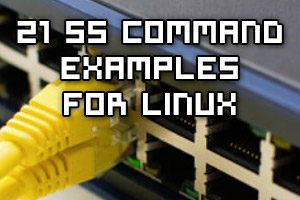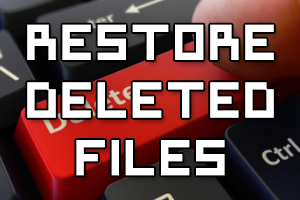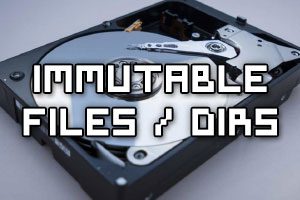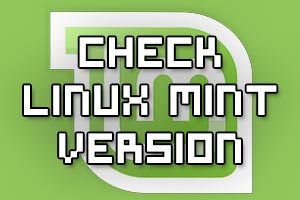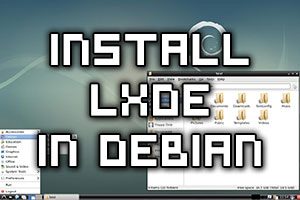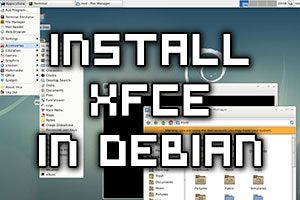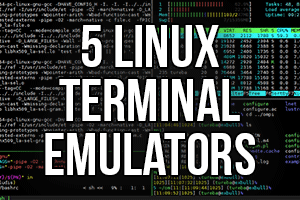
The true power of Linux rests in the command line interface. If you are a Linux administrator, power user, or just like to tinker with your machine, you will be spending time in the Linux terminal. In today’s modern Linux operating system, most of us will actually use a terminal emulator. A terminal emulator is just a graphical application designed to run in the graphical user interface that accesses and emulates the command line interface found on all Linux installations.
There are many different terminal emulators out there, some come standard with different distributions while others you have to install yourself. Today, we will examine five of the best terminal emulators for Linux so you can discover the best terminal emulator for your needs.
Read more »

